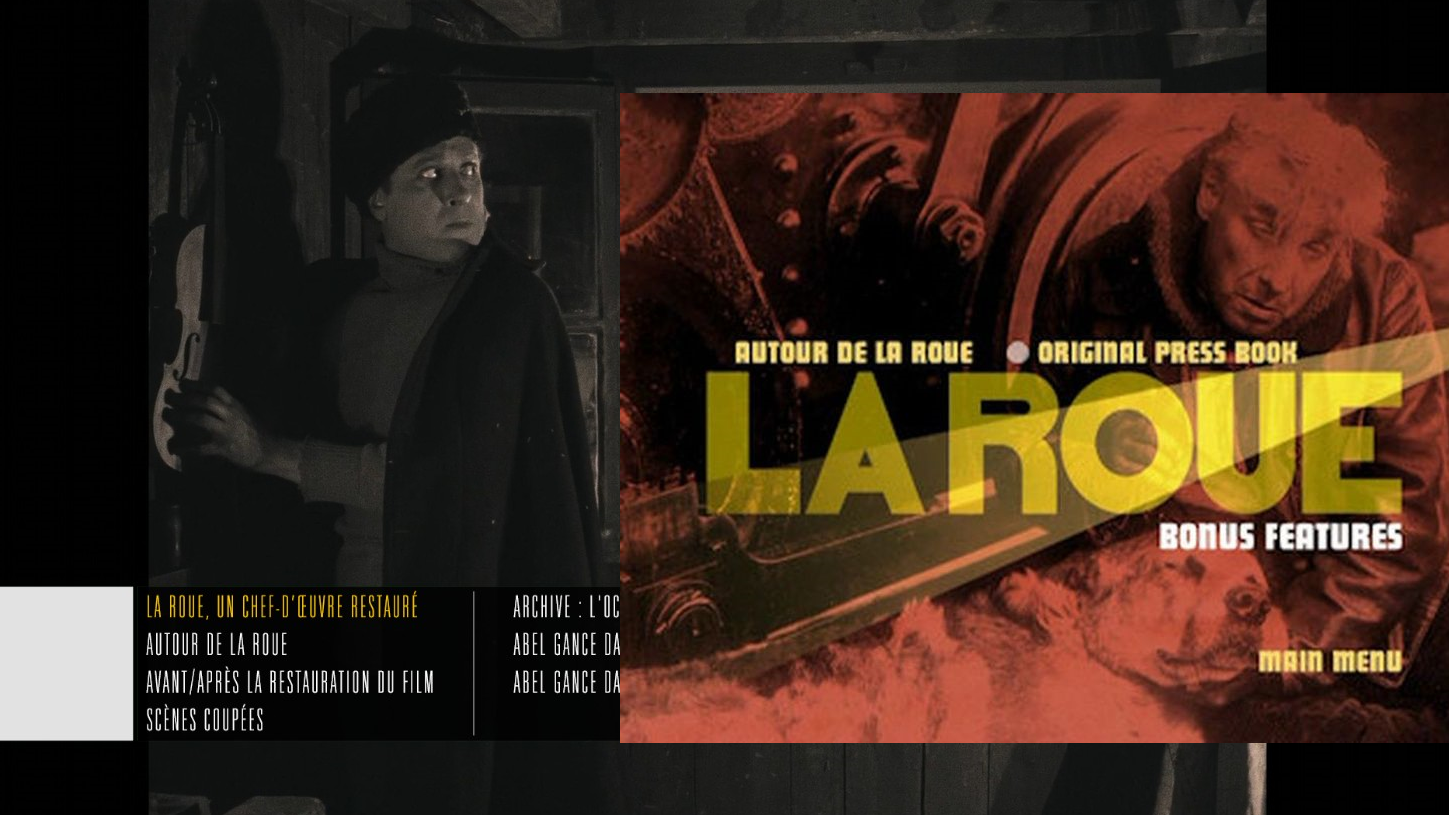Supplement to “LA ROUE – 4.5hr vs 7hr discs (Overview),” so go there first for a subjective review and technical details about the film. Below are screenshots comparing 2008 DVD and 2020 Blu-ray, including special features from the Blu-ray. They are of “fair use” resolution, to avoid any copyright issues. SPOILERS AHEAD: Skip the summary texts if you just want to see the screenshots.
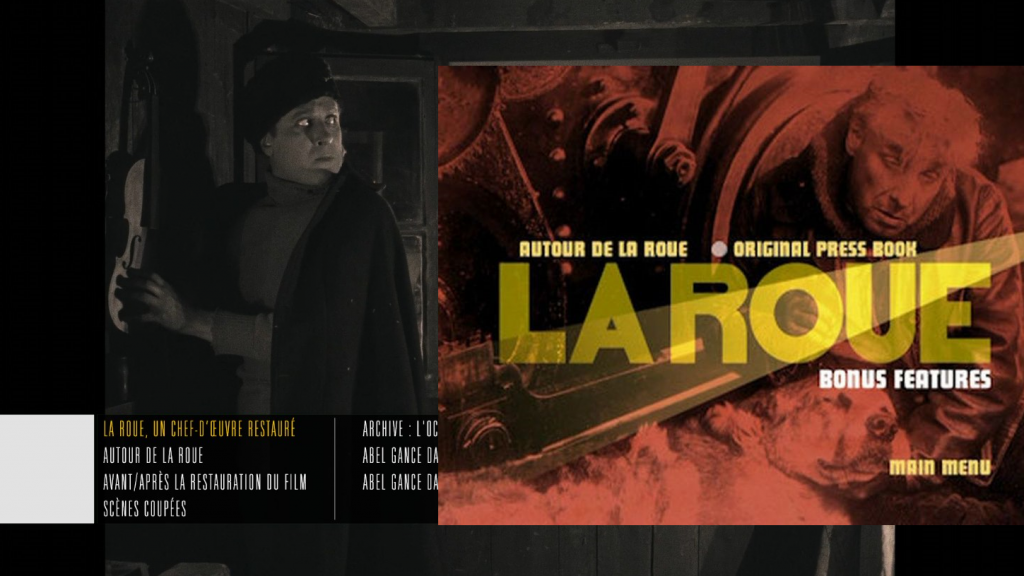
Contents:

If you click on any photo, you can see the timestamp of the DVD or Blu-ray in the filename.
Prologue (Blu-ray 1, Part 1 of DVD)
The prologue is relatively short (less than 30 minutes in both cuts). It comes after a few minutes of credits and a dedication page. A fast-paced train crash and rescue takes of the majority of the prologue. The protagonist, Sisif, finds an abandoned toddler in the crash, and decides to (secretly and illegally) adopt her, passing her off as his biological daughter. He brings the girl, Norma London, home to his similarly-aged son, Elie.
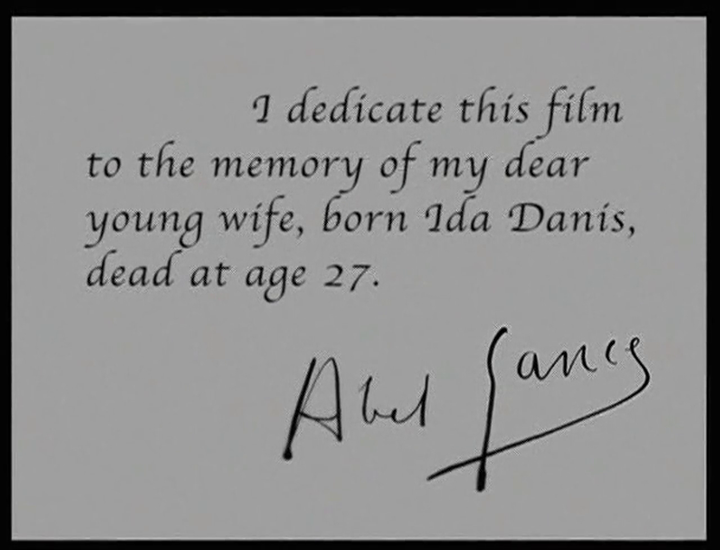
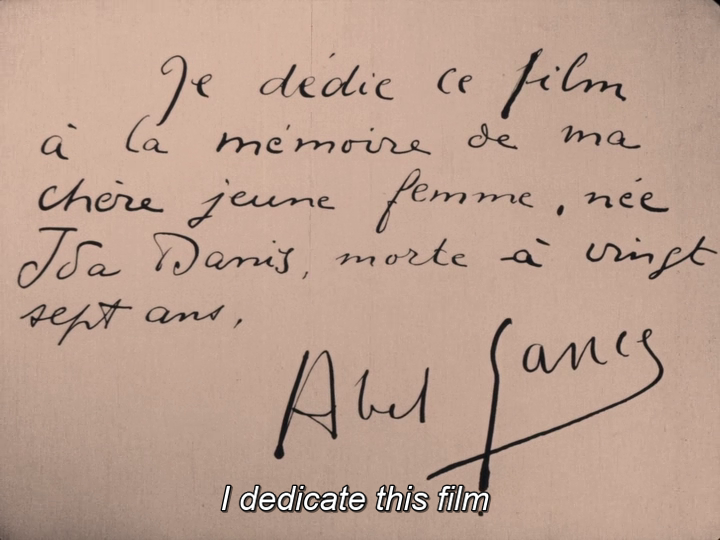
Before the credits are over, there is already a re-ordering of cuts. The note comes after most of the credits in the DVD version.
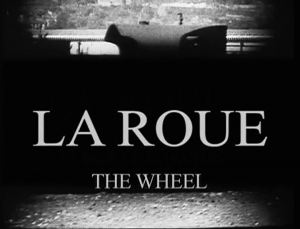
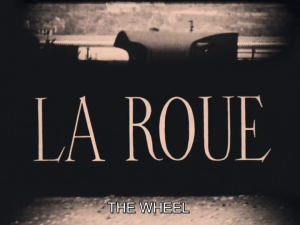
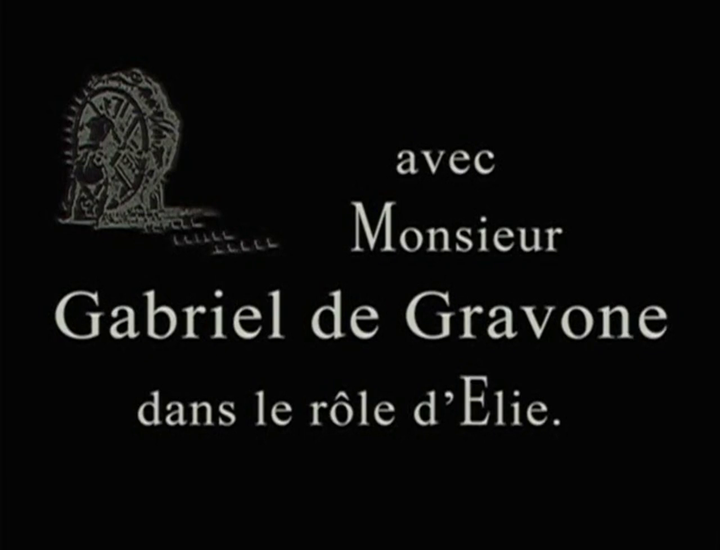
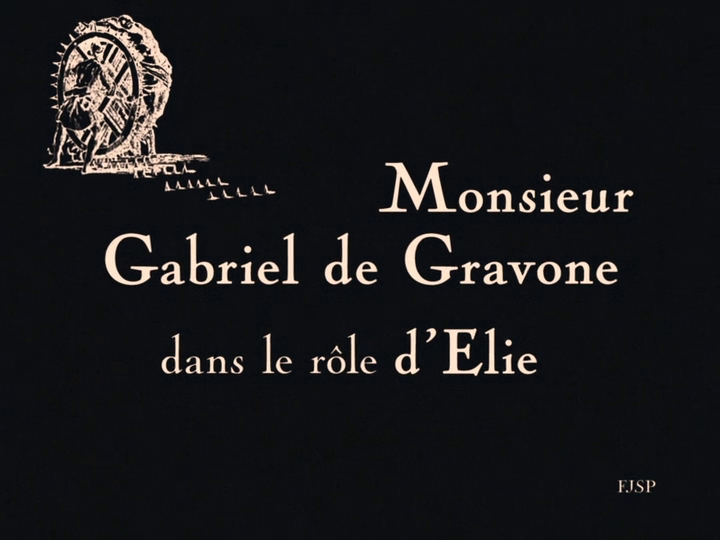
DVD title: FIRST PART: The Rose of the Rail [or SYMPHONY IN BLACK]
Blu-ray title: PROLOGUE: a scarlet twilight
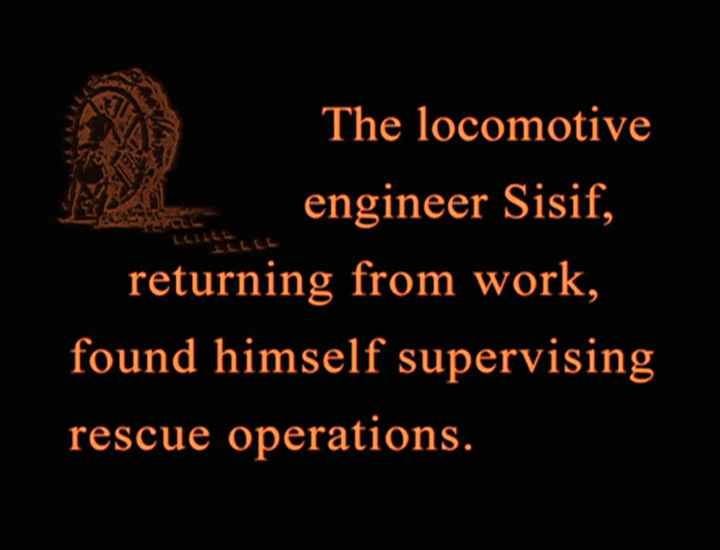
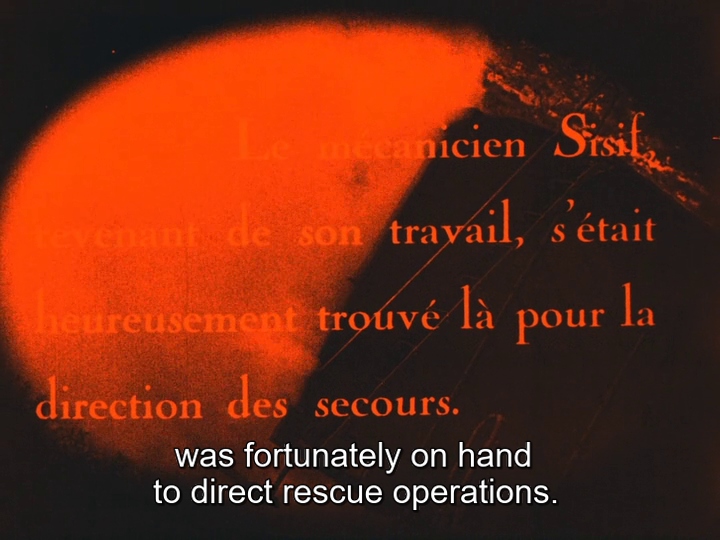
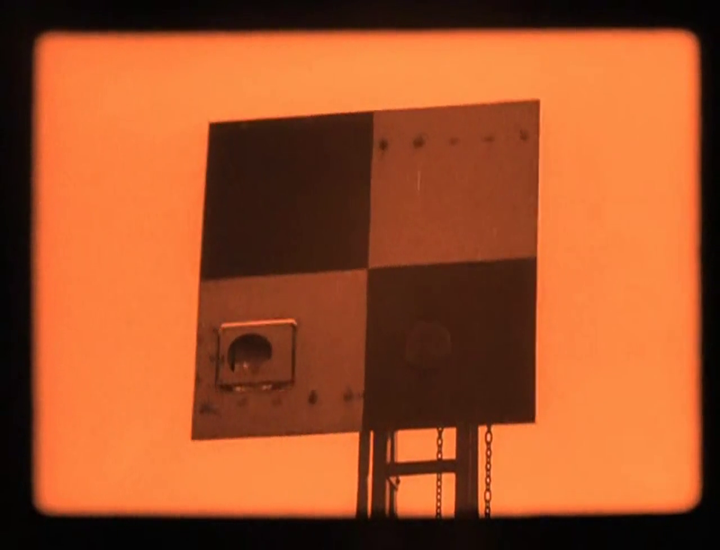
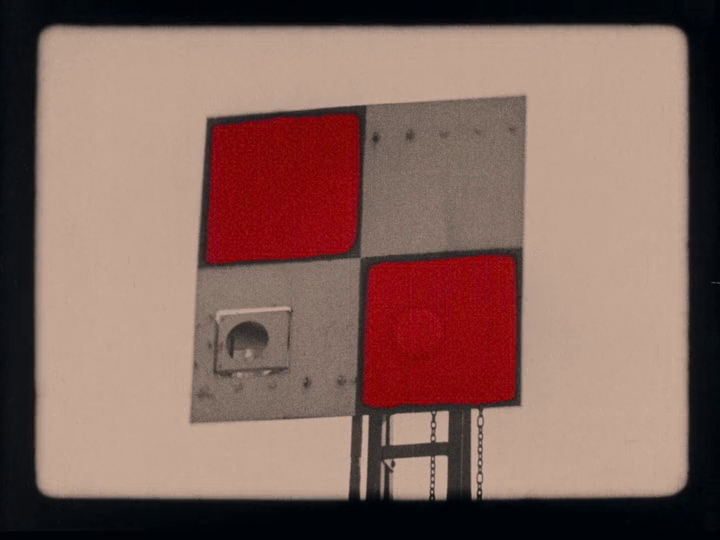
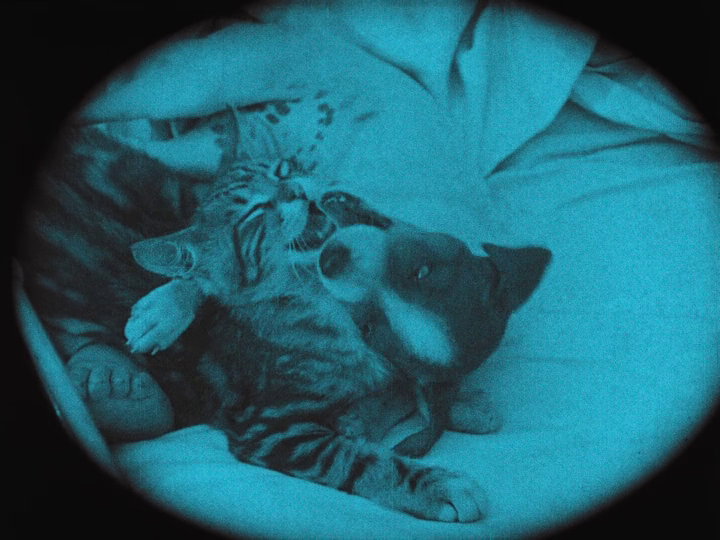
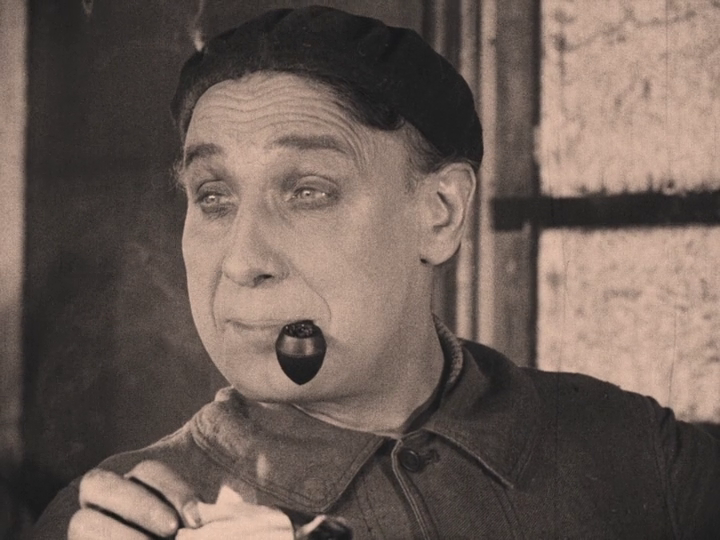
Part 1 (Blu-ray 1, Part 1 of DVD)
Blu-ray title: THE ROSE OF THE RAIL
“Fifteen years pass.” Sisif is clearly an alcoholic and spends most of his free time at the railway canteen, drinking and fighting with anyone (including his son) who shows an interest in his adolescent daughter. Norma and Elie fantasize about a love life together, if they weren’t siblings. Sisif’s wealthy boss, Jacques de Hersan, has spent the last six months courting Norma. She is persuaded by his promises of happiness, but has no romantic interest in Hersan.
We don’t know why at this point, but Sisif demands that she leave home, unsuccessfully. In a bout of internal struggle, Sisif confesses to Hersan that Norma is not his daughter, with a series of flashbacks about this struggle of falling in love with her. Hersan takes this opportunity to ask Norma for her hand in marriage, giving her one day to respond.
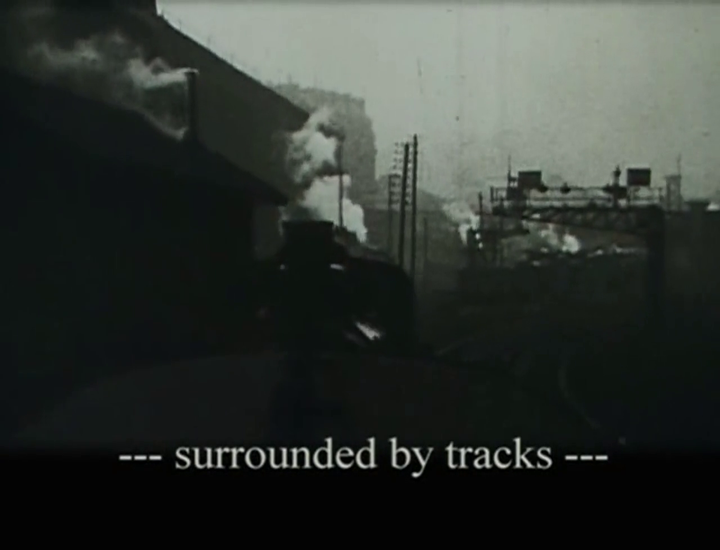
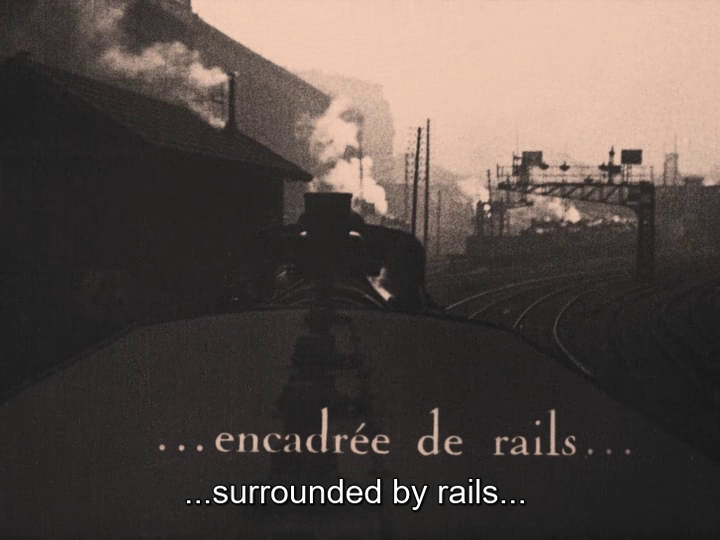
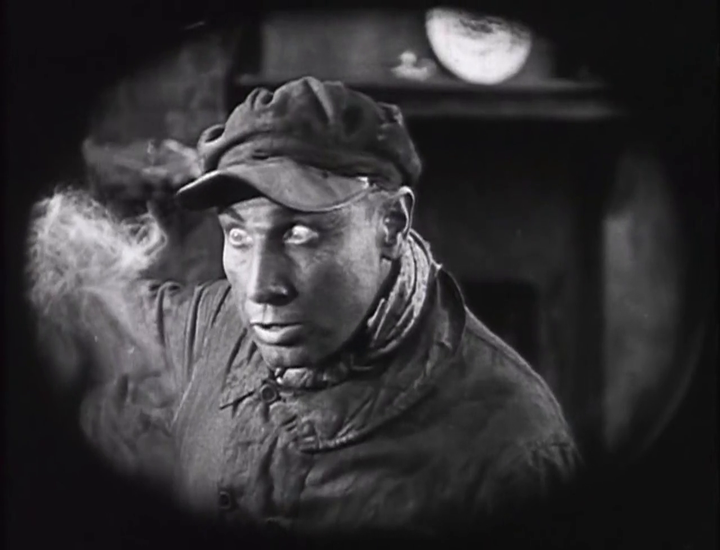
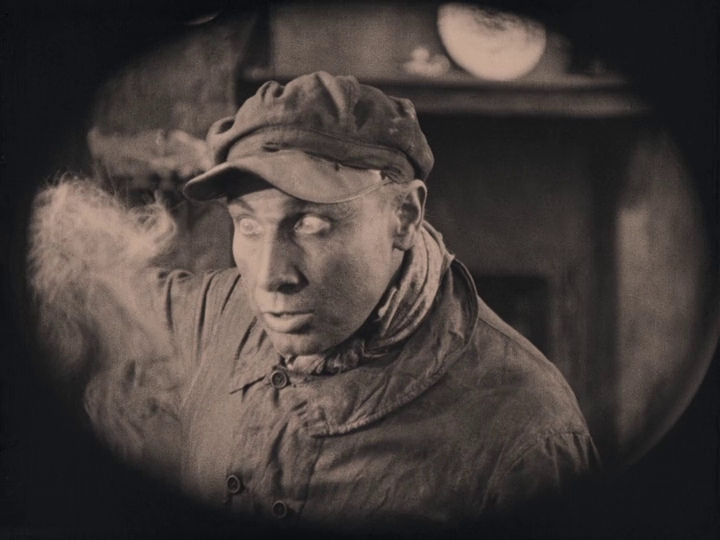
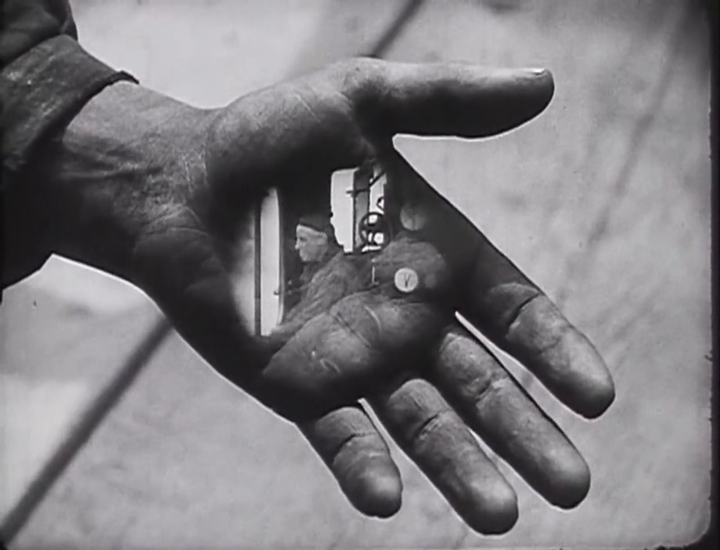
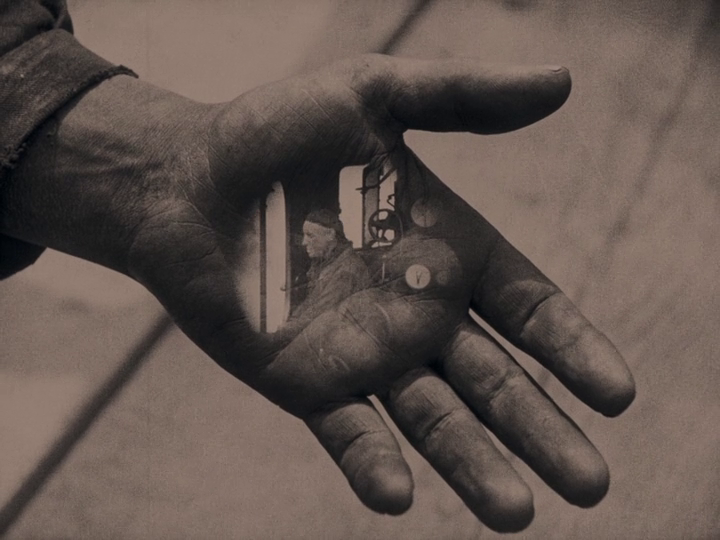
Part 2 (Blu-ray 2, Part 1 of DVD)
Blu-ray title: THE TRAGEDY OF SISIF
The night after Sisif’s confession, he attempts the first of three suicides. He lays down on the tracks, but his assistant, Mâchefer, stops the train before it can run over him. The DVD version leaves out nearly all of the scenes throughout the film of auditors trying to fire Sisif. Norma, in her distress, writes to Hersan that she accepts his proposal. Hersan blackmails Sisif, asking to marry Norma – if Sisif refuses, he’ll tell everyone about her origins. Finally, Sisif gives in.
Sisif decides to deliver Norma to Hersan himself, on the E108 express train. He attempts to kill himself again, and everyone else by derailing the train, but Mâchefer once again stops the disaster from happening. With Norma gone, he transfers his love to his engine, naming it “Norma Compound.”
Time passes, and Elie finds the genealogical record book one day. He calls his father a liar, without a good explanation as to why he never told anyone. Elie starts to drink: “CANCER – like father, like son.” Sisif hides several of Norma’s letters, how much she misses them, and Elie gets even angrier when he discovers one of the letters.
While working on a train one day, Mâchefer accidentally releases steam into Sisif’s face, damaging his eyes. Just as Elie and Sisif begin to settle into “peaceful” despair, Norma comes to visit (wearing an awesome hat), and they turn her away. This sets Sisif into his third suicidal trip, leading his train engine, Norma Compound, into a literal dead end.
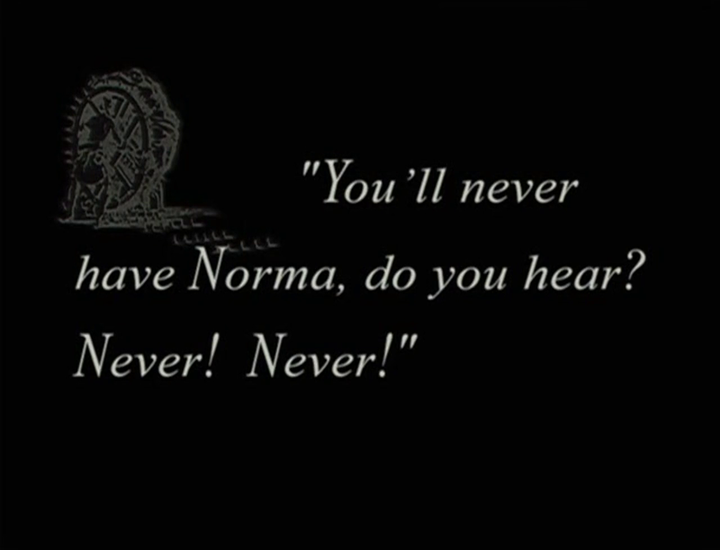
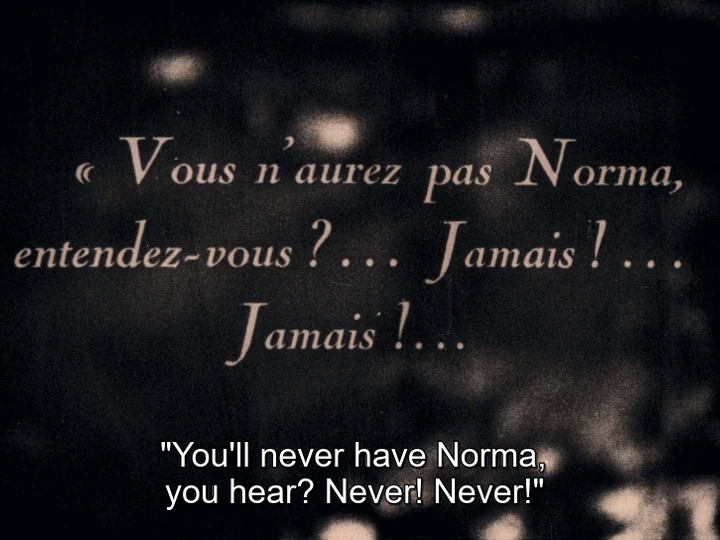
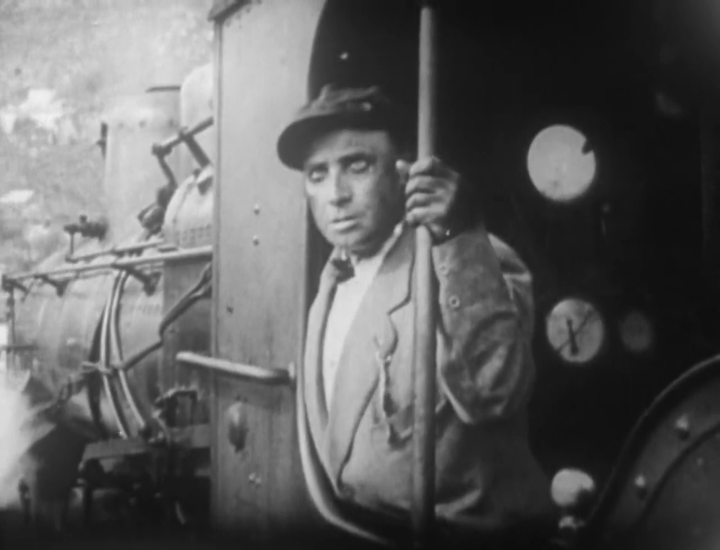
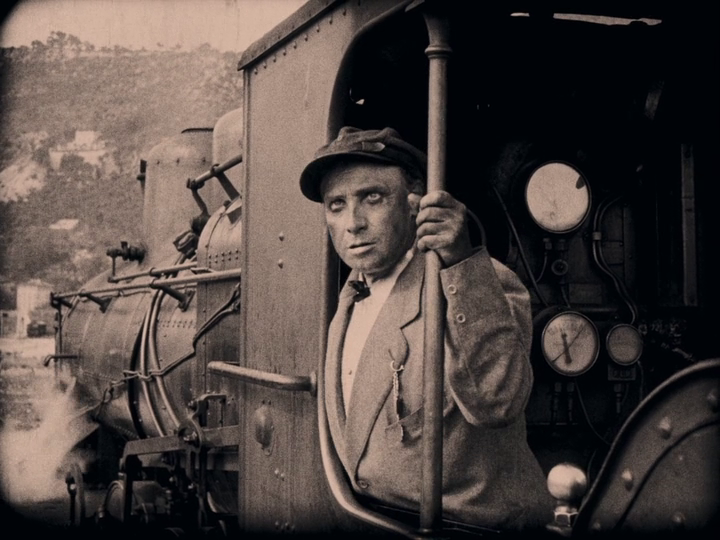
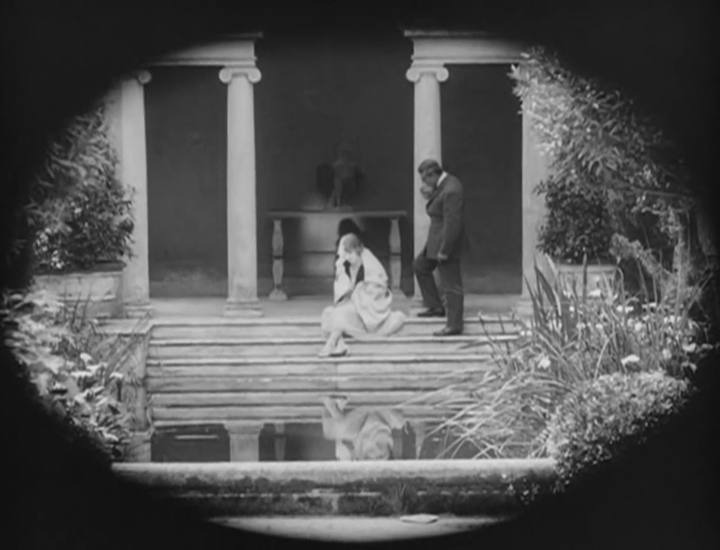
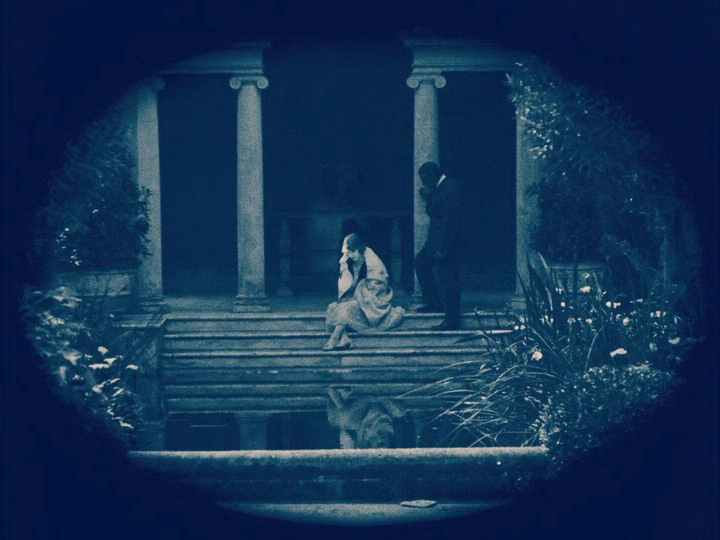
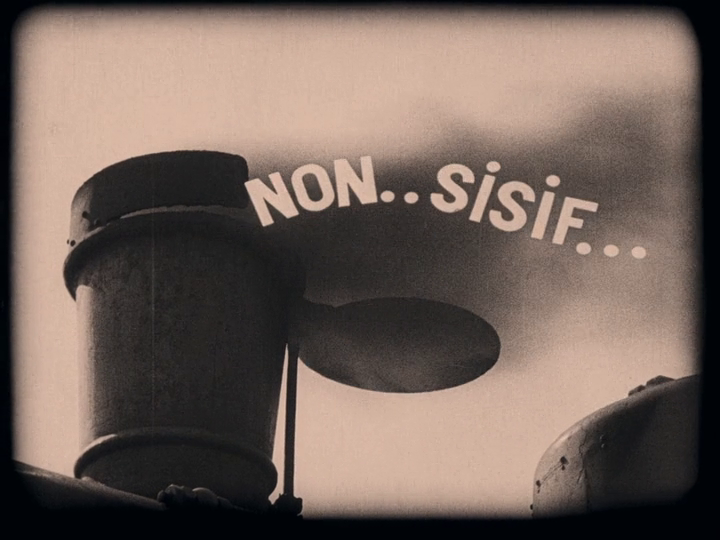
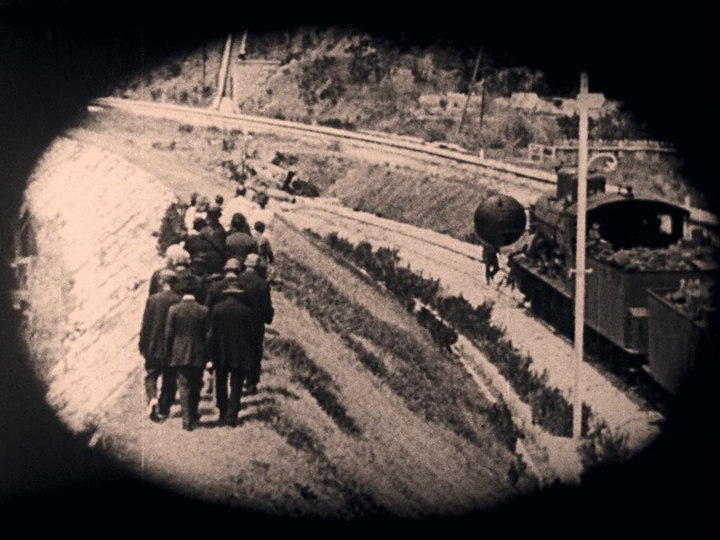
Part 3 (Blu-ray 3, Part 2 of DVD)
DVD title: SECOND PART
Blu-ray title: THE RACE TO THE ABYSS
Sisif is finally dismissed from his position at Nice. He takes refuge with Elie in “a house 3,000 meters above the valley, where it is forbidden to pronounce Norma’s name,” in view of Mont Blanc, the highest mountain in Europe. His hair is now fully gray.
Norma convinces Hersan to vacation in the mountains, but her true intention is to visit Sisif and Elie. At the same time, Elie finally recovers the long-lost Cremona varnish formula, putting an end to “five years” of suffering – he believes it will make them rich.
A series of messages and encounters (mostly skipped in the DVD version) brings all four of them to the mountains. Hersan pursues Elie up the mountain with a gun, but in the “cliffhanger” moment, Elie manages to shoot Hersan. Bleeding, Hersan returns to the mountain hut to tell Norma and Sisif in his last breath that he left Hersan hanging from a cliff. Led by Sisif’s dog, Tobie, they go to the mountains to rescue Elie, but just a moment too late. (Due to the fast-cut editing, this is one of the most memorable scenes in the film, as Elie’s life flashes before his eyes.) Sisif once again drives Norma off in anger.
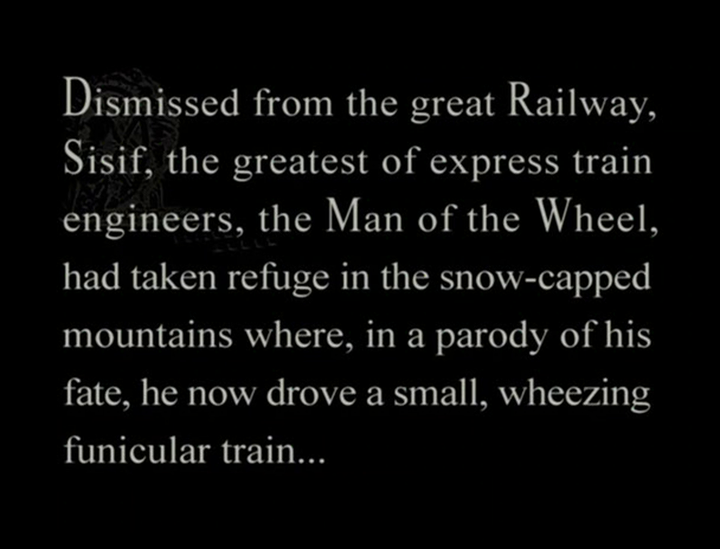
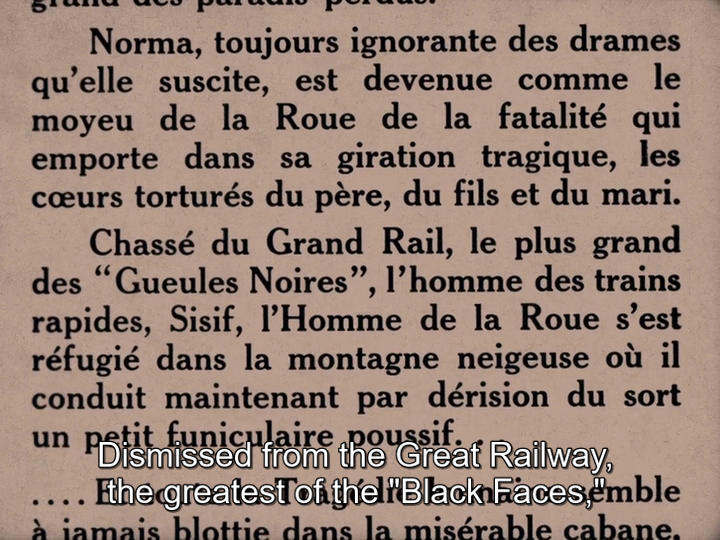
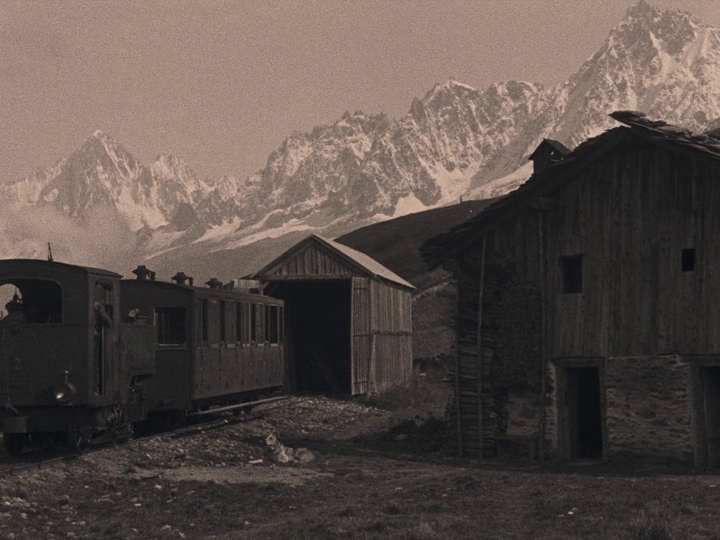
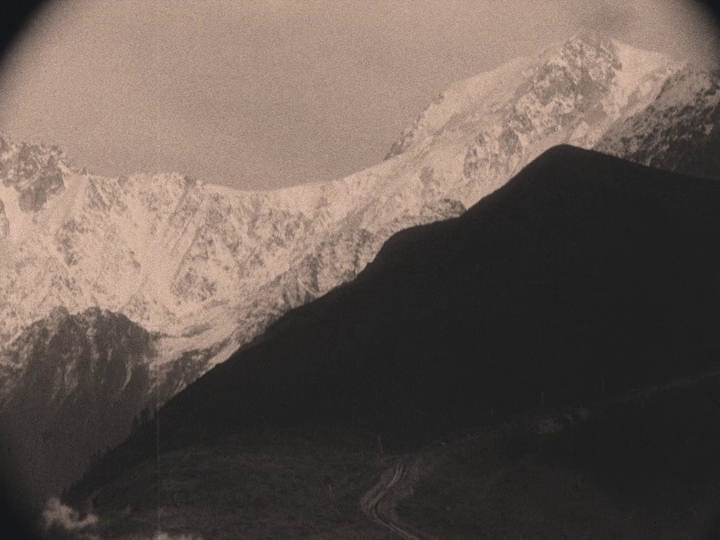
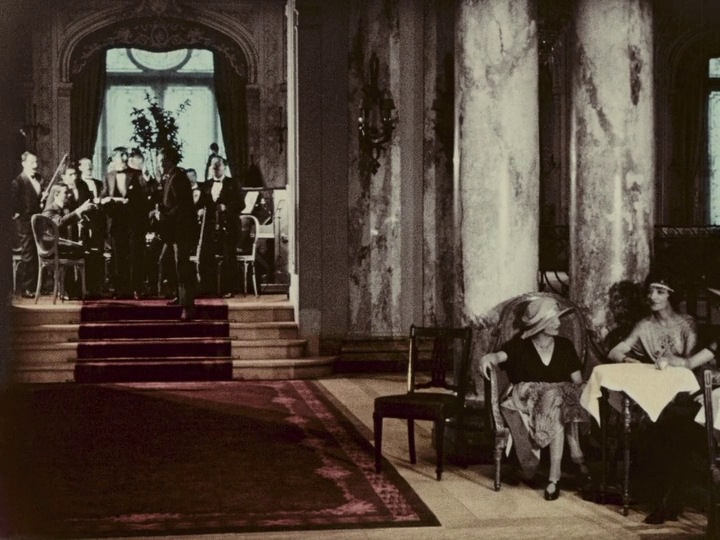
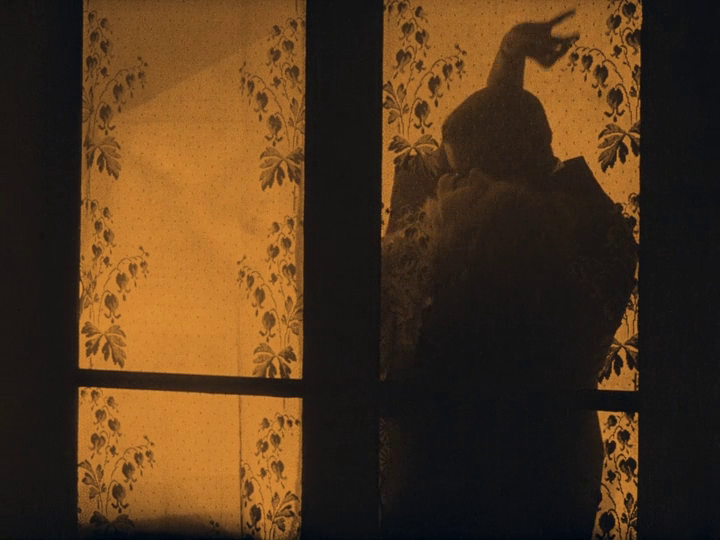
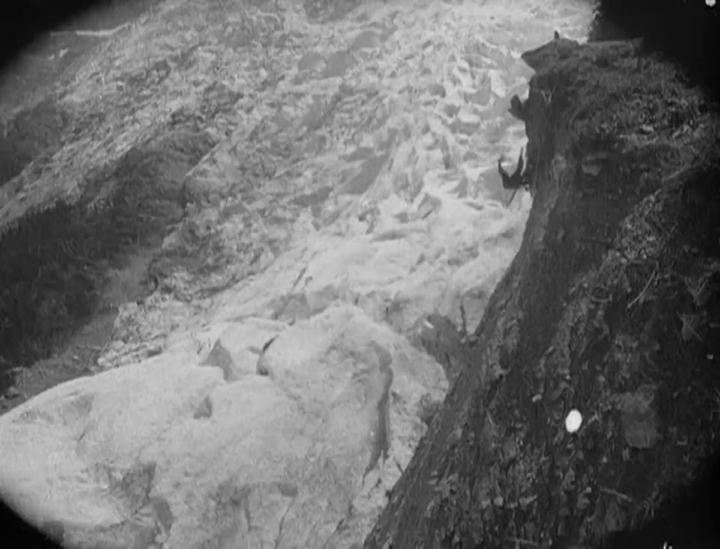
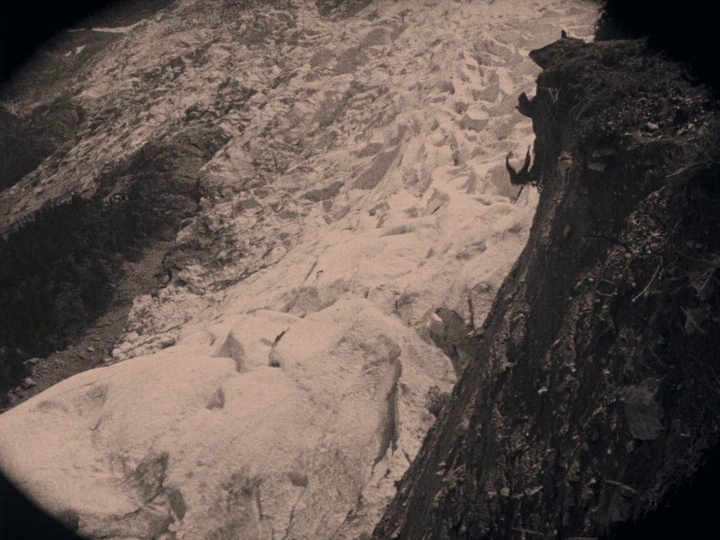
Part 4 (Blu-ray 3, Part 2 of DVD)
Blu-ray title: SYMPHONY IN WHITE
Mâchefer comes to visit his old friend, briefly, providing some comic relief as he ascends the unfamiliar mountainous terrain. But of course, Sisif only has bad news to share. Norma herself now lives in poverty, as Hersan had lost his fortune not long before his death. But she lives in the valley and visits her now-blind father in secret.
On the anniversary of Elie’s death, Sisif carries a cross up the mountain with Tobie, to place it at the spot where Elie fell. Norma is there, too, but she still hides from him. Perhaps seeing a softening in Sisif’s blind eyes, or perhaps just from sheer hunger, Norma then makes herself at home with Sisif, secretly at first. It’s unclear how long she does this, but Sisif’s hair and beard are white as snow by the time she finally lets him touch her, as she understands they can finally be happy together.
The last 20 minutes (of both versions) serves as a kind of epilogue. It is Norma’s “name day” (a Catholic tradition). It is also what the Blu-ray calls the Festival of the Guides, and the DVD calls it a tradition of the first day of winter. Regardless of the details, it is a time of celebration. One of the guides invites Norma to join them, and they dance in a circle, all the way up to 4,300 meters, the plateau of Mont Blanc. Sisif watches from his window and passes away peacefully.
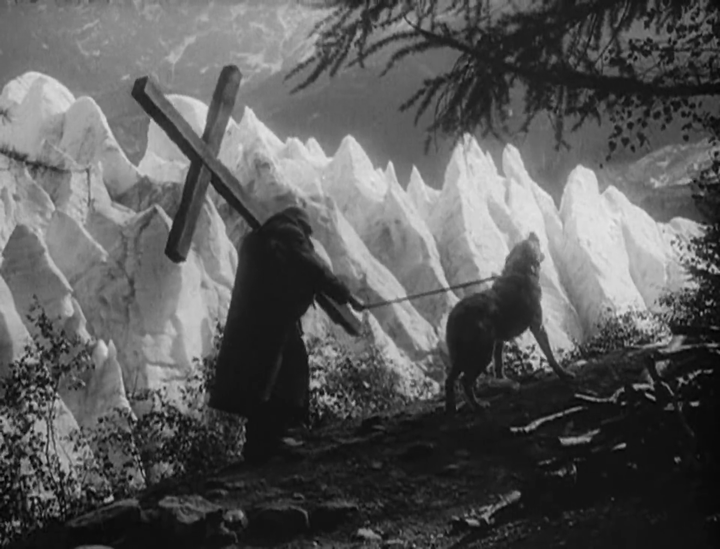
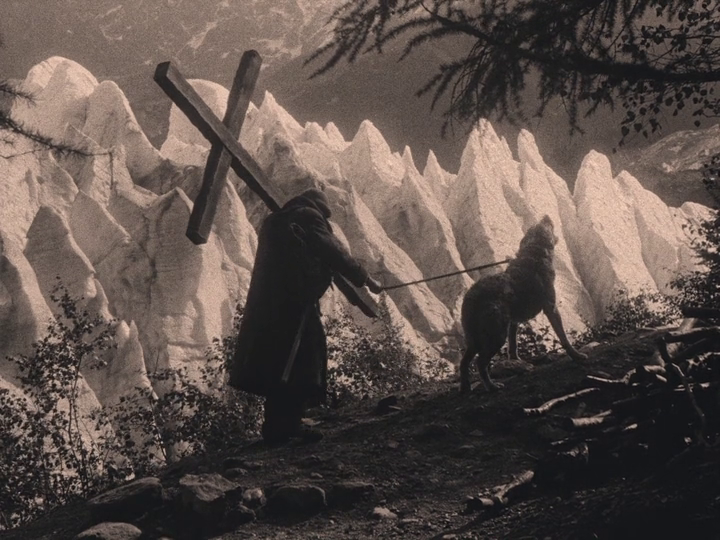
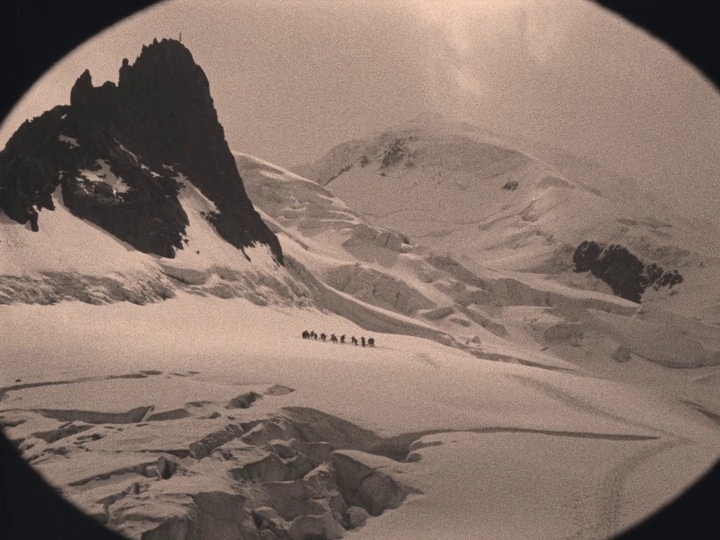
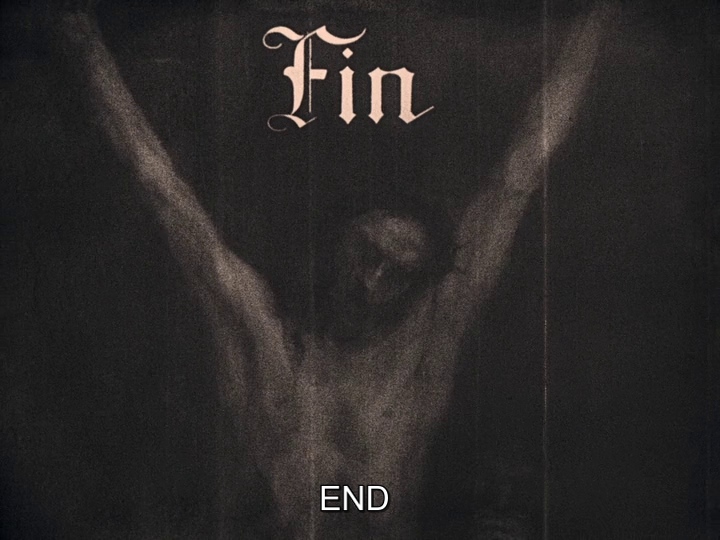
Bonus Features (Blu-ray 4, DVD 2)
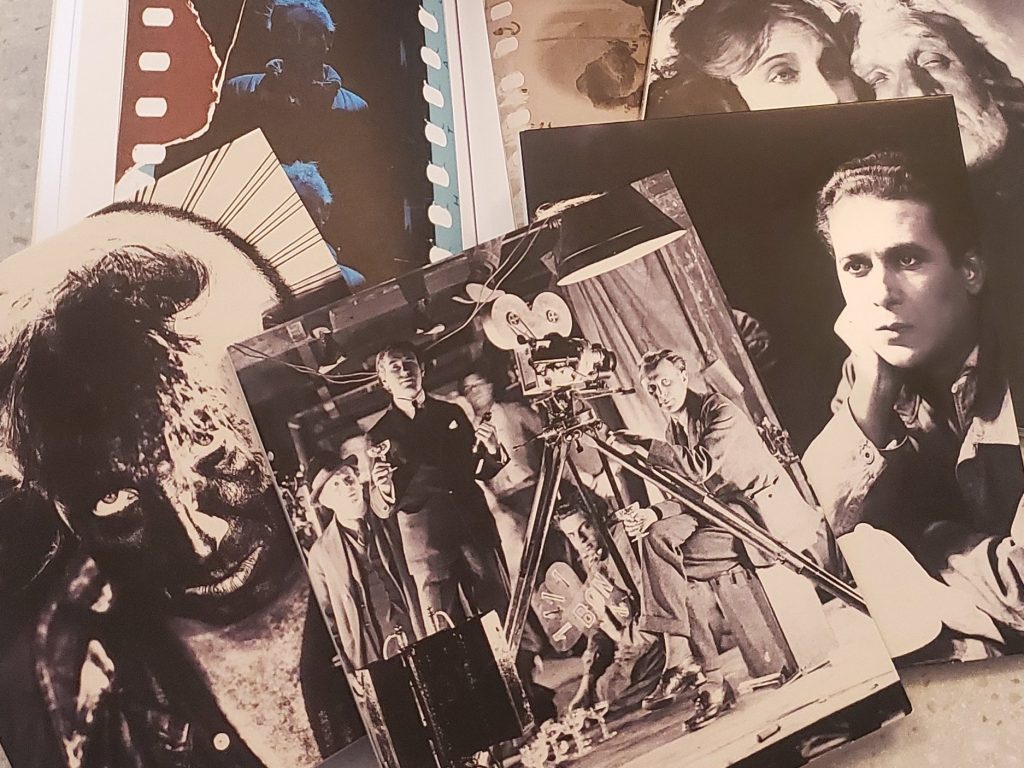
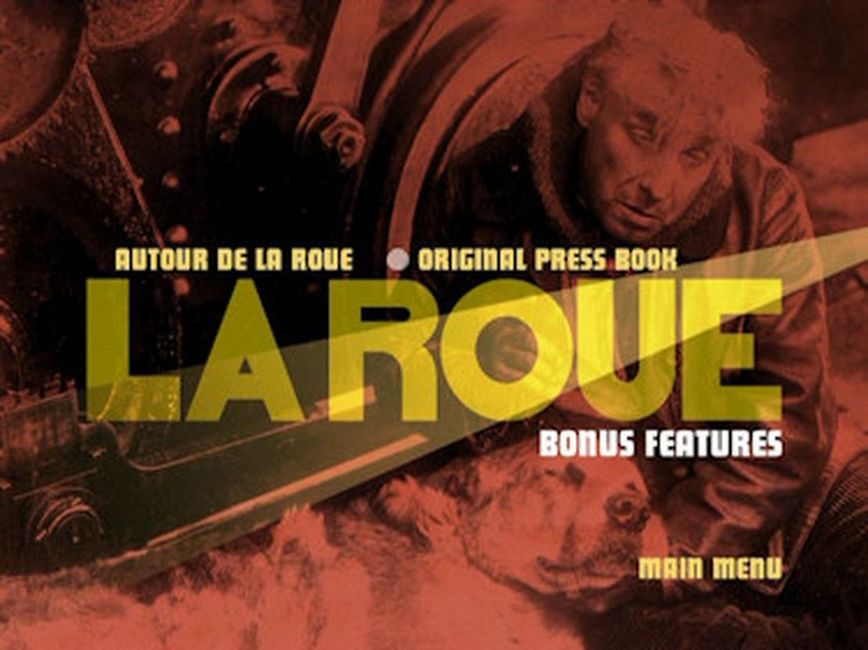
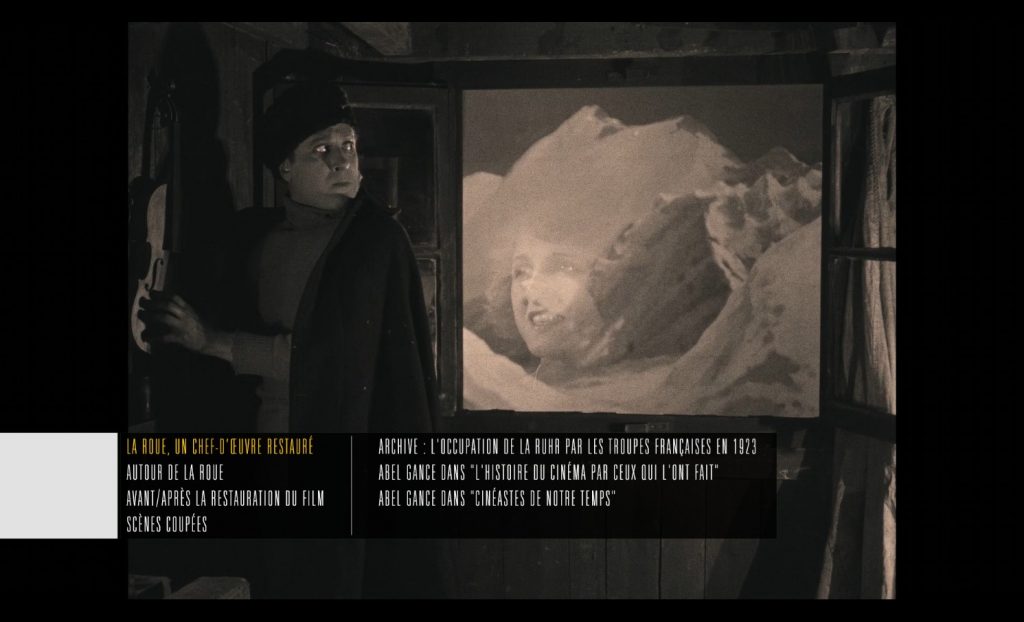
I do not have a copy of the DVD bonus content or booklet, but I can summarize before detailing the Blu-ray bonus content. The Autour de La Roue (Around The Wheel) documentary is the only video bonus. Per Jamie S. Rich on DVDtalk.com, “The original press book is also presented as a video feature, with the pages automatically turning after a couple of seconds. The text is in French and given without translation…. Inside the DVD case, which has a hinged tray to accommodate both discs, is a sixteen-page booklet [in English] with an essay on the history of the film by William M. Drew and notes from composer Robert Israel.”
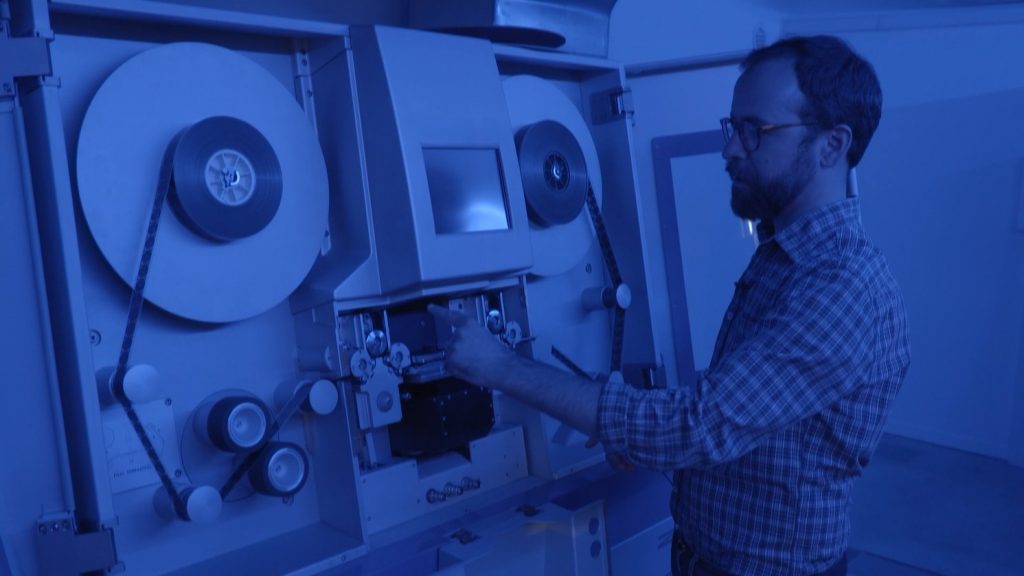
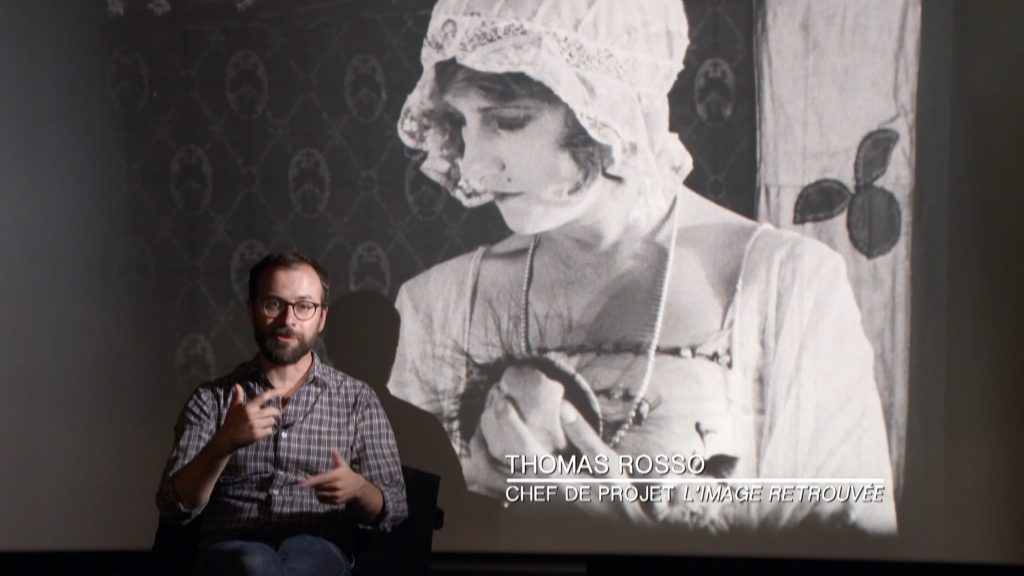
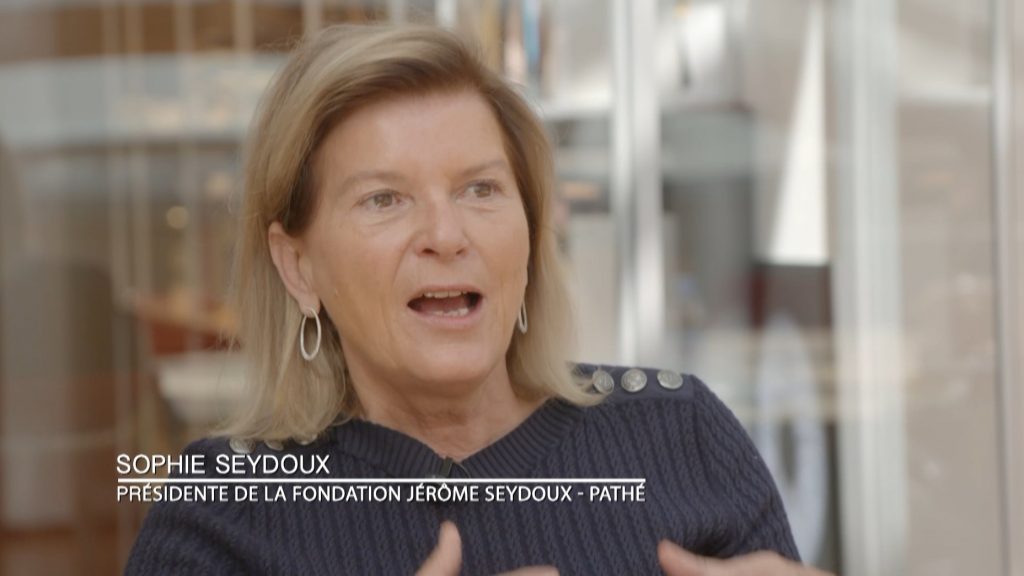
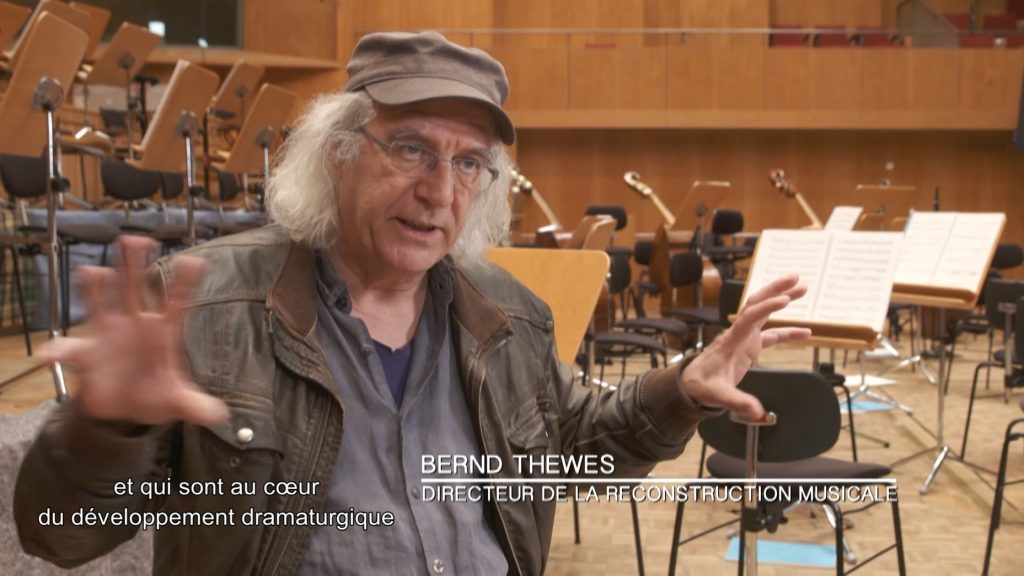
La Roue, un chef-d’oeuvre restauré (The Wheel – A Restored Masterpiece) 32-minute 2019 documentary by Virginie Apiou. AKA La Roue, Histoire d’Un Film. With commentary from Joël Daire, director of heritage at the Cinémathèque Française; François Ede, head of restoration; Thomas Rosso, project manager, L’Image Retrouvée in Paris; Sophie Seydoux, president of the Jérôme Seydoux-Pathé Foundation, and Élodie Tamayo, cinema historian; Bernd Thewes, Music Reconstruction Director; and conductor Frank Strobel.
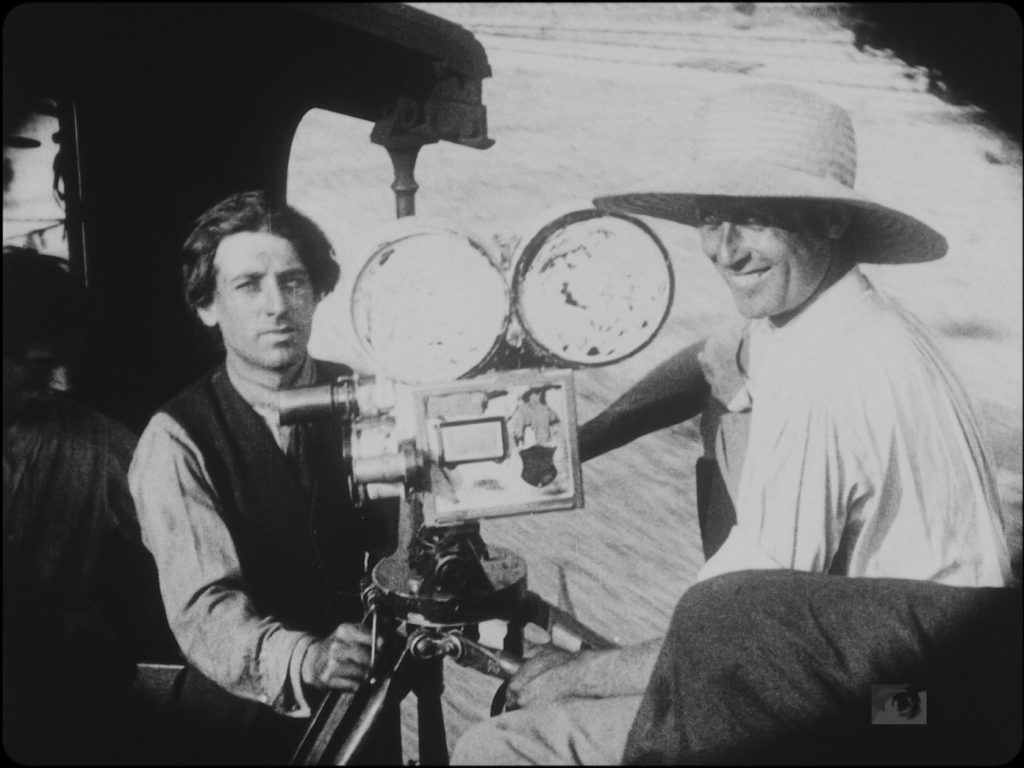
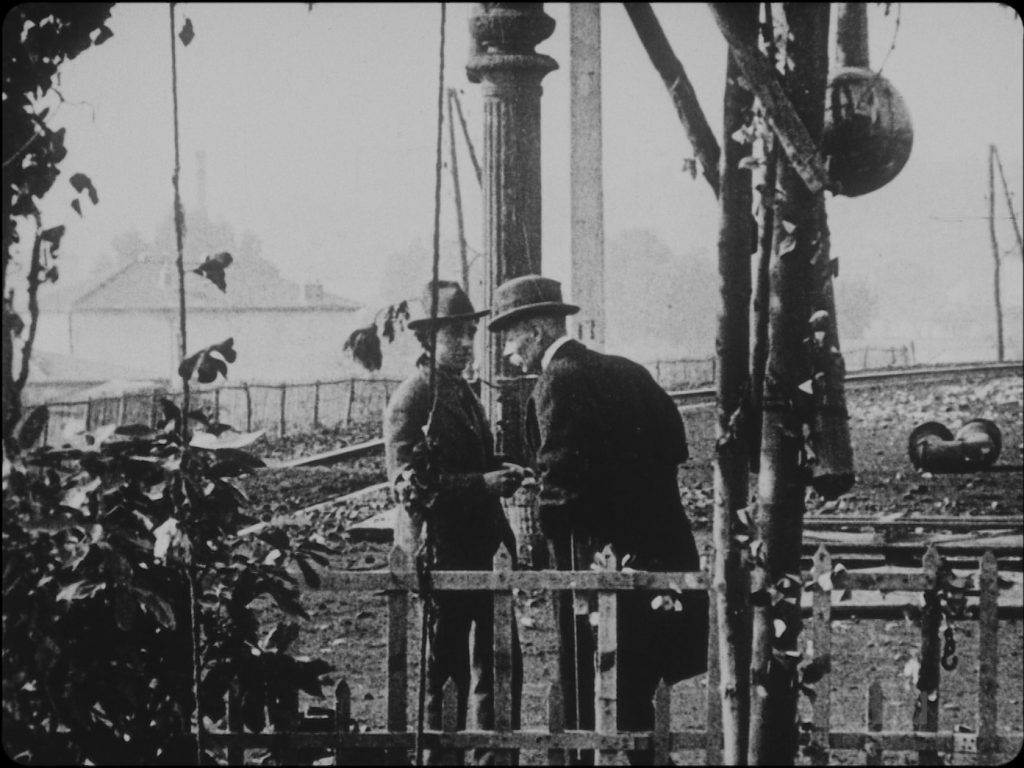
Same as the DVD, the Blu-ray has Autour de La Roue, an 8-minute making-of completed by Assistant Director Blaise Cendrars in 1923, restored by Lobster Films. It’s literally a behind-the-scenes look at the people who made the film, on set. A rare piece for the time, it adds unique context to the feature.
Avant et après la restauration du film (Before and After the Film Restoration) shows five different scenes (5 min).
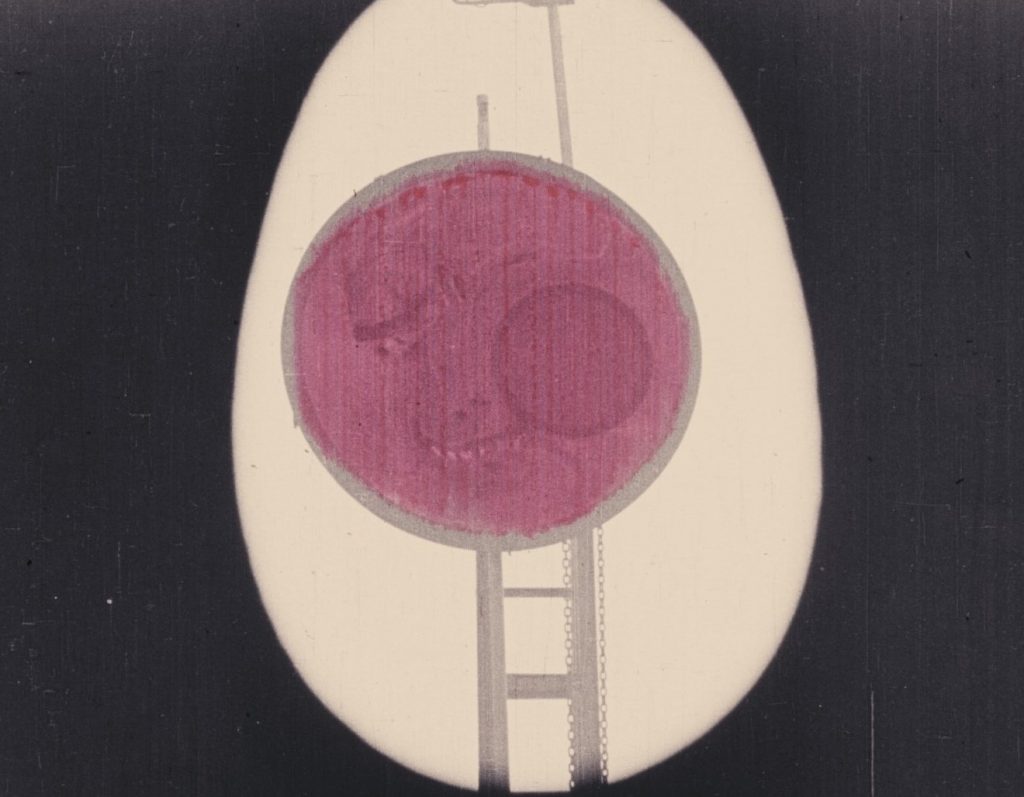
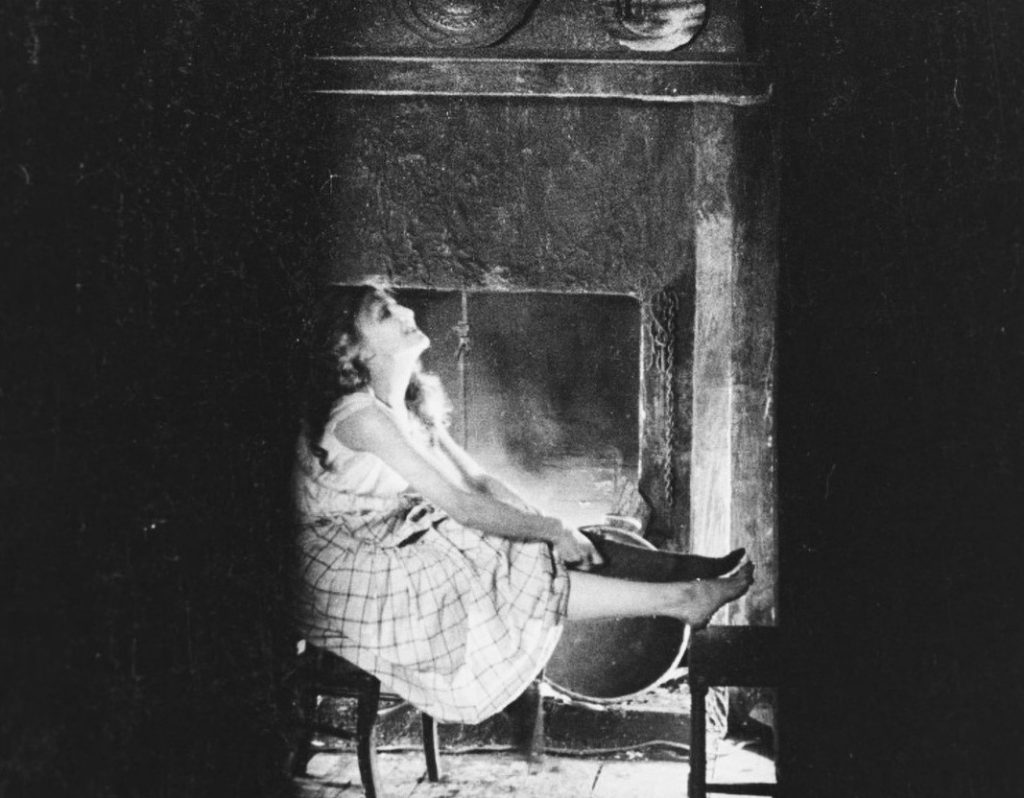
Scènes coupées (Deleted Scenes) 6 min, silent with intertitles explaining the scenes. Primarily four different scenes.
- Extended prologue scene with an auditor trying to determine the cause of the accident. A train signal personified with a face is called “Assassin!” by the pointsman; then the signal accuses Sisif of being a kidnapper, “Voleur d’enfants!”
- Sisif fixing leaking train, very short.
- Norma dancing with goat, superimposed over front of train.
- Norma in raincoat, then undressing to dry off. Sisif walks out into rain, then glares at her in secret.
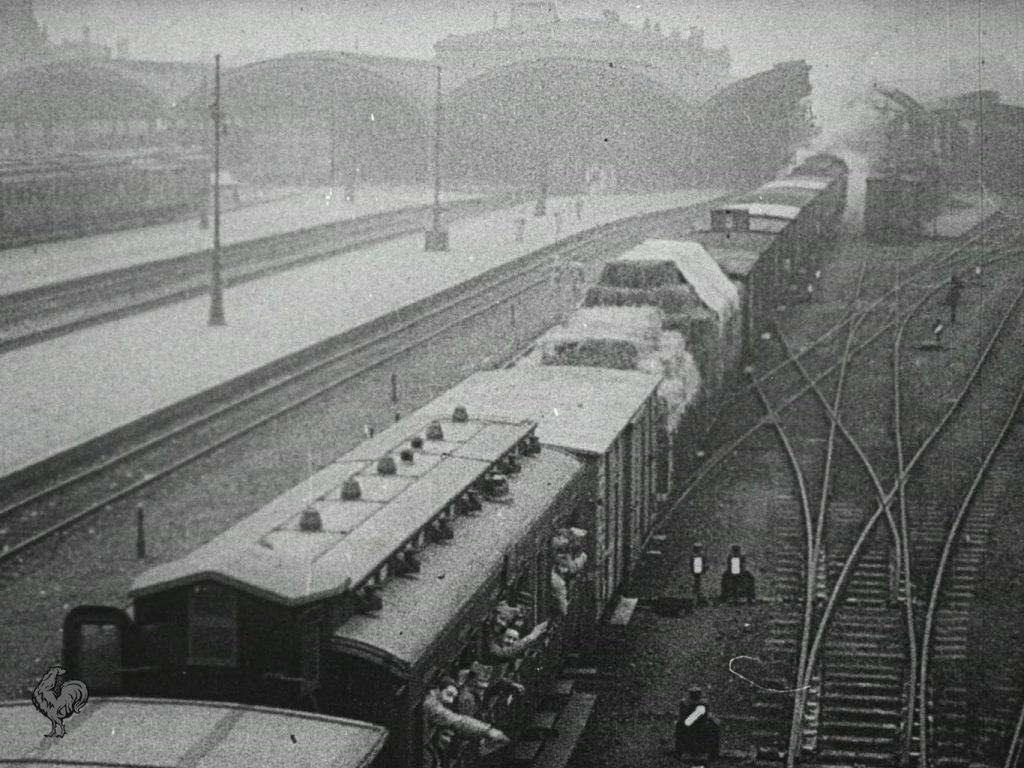
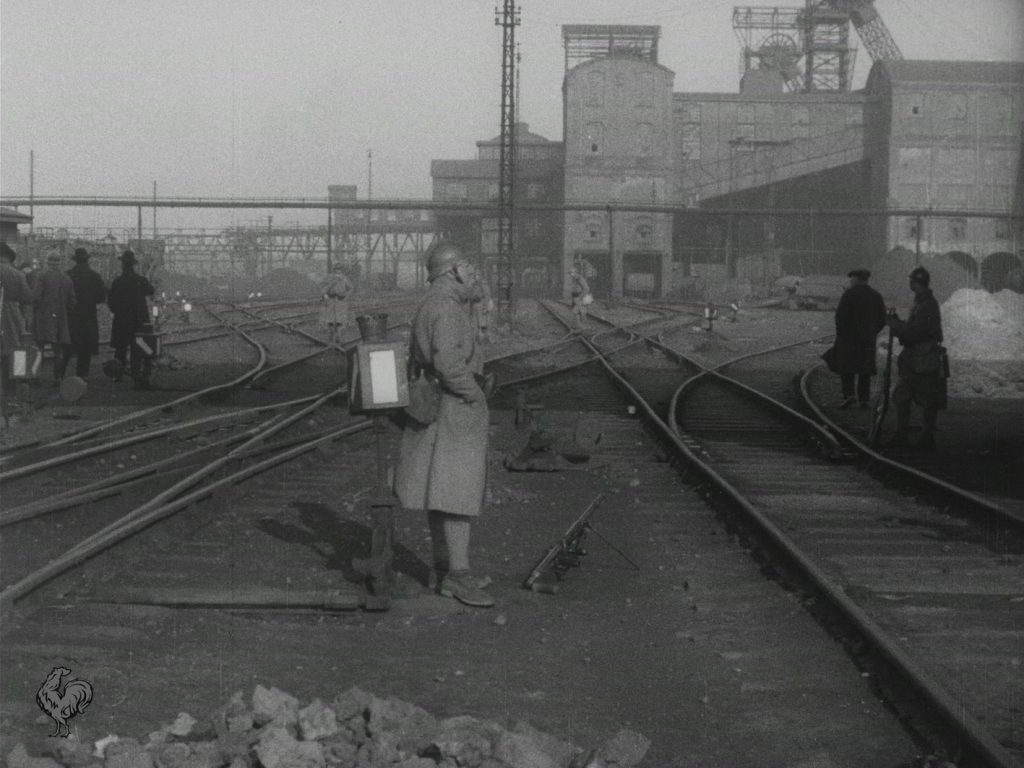
Archive: L’occupation de la Ruhr par les troupes françaises en 1923 (4 min). The French army occupied the Ruhr region of Germany after WWI. This short news clip from Pathé shows a variety of trains and scenery similar to the first half of La Roue.
Abel Gance dans « L’histoire du cinéma par ceux qui l’ont fait » (7min) 1974 interview by Armand Panigel. From his television series, “The History of French Cinema by Those Who Made It.”
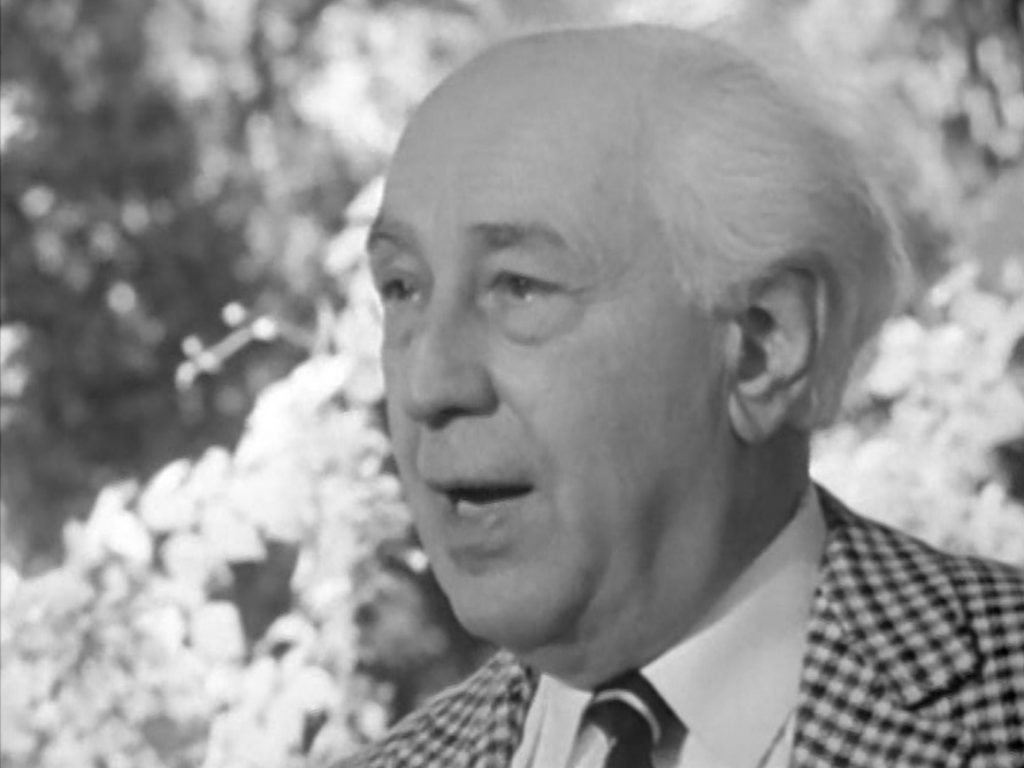
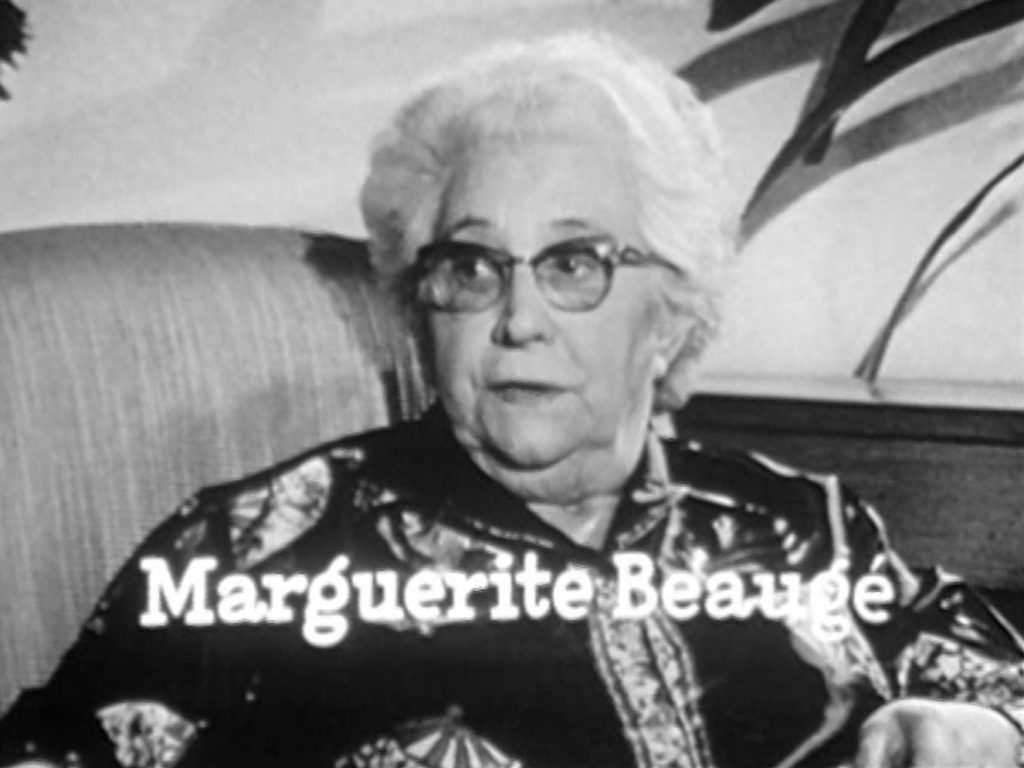
Abel Gance dans « Cinéastes de notre temps » (7min) Interviews for television with Abel Gance, Léonce-Henri Burel (DP), and Marguerite Beaugé (Editor). Aired 19 November 1964, by Hubert Knapp.
Return to LA ROUE – 4.5hr vs 7hr discs (Overview)
